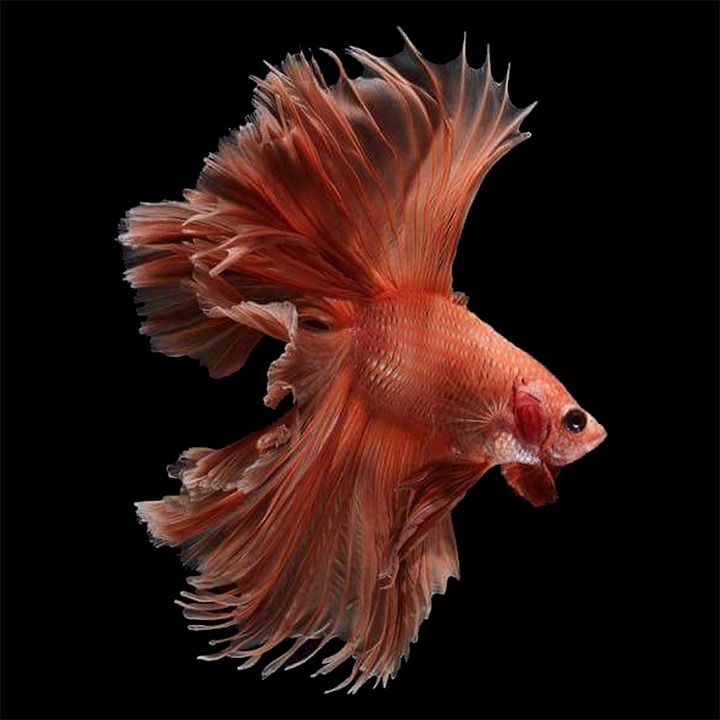Establishing and Maintaining a Thriving Fish Tank with Driftwood
Introduction:
Having a fish tank in your home or office can bring a sense of tranquility and beauty to any space. One way to enhance the visual appeal and overall well-being of your aquatic pets is by incorporating driftwood into your tank. In this article, we will explore the importance of proper care and maintenance for fish tank health, as well as how driftwood can contribute to a thriving aquarium environment.
Selecting and Preparing Driftwood:
When choosing driftwood for your fish tank, it is important to select the right type that is safe and suitable for aquarium use. Some types of wood can release harmful chemicals or toxins into the water, which can be detrimental to your fish. It is recommended to choose driftwood that has been specifically prepared for aquarium use.
Before adding driftwood to your tank, it is crucial to properly clean and prepare it. This involves soaking the driftwood in water for several days to remove any impurities or substances that may harm your fish. Additionally, you may need to scrub the driftwood to remove any algae or debris that may have accumulated on its surface.
Adding Driftwood to Your Fish Tank:
Placement considerations are important when adding driftwood to your aquarium. It is essential to choose a location that allows for proper water flow and circulation. The driftwood should be securely anchored to prevent any movement that could potentially damage the tank or harm the fish. By strategically placing the driftwood, you can create a natural and aesthetically pleasing aquascape that mimics the fish’s natural habitat.
Driftwood and Water Chemistry:
Driftwood can have an impact on the water chemistry of your aquarium. It can alter pH levels and water hardness, depending on the type of wood and the water conditions. It is important to monitor and maintain a stable environment to ensure the health and well-being of your fish. Regular water testing and adjustments may be necessary to keep the water parameters within the optimal range for your fish.
Maintaining Driftwood in Your Fish Tank:
Regular cleaning and maintenance of the driftwood are essential to keep it in good condition. This involves removing any debris or waste that may accumulate on the driftwood’s surface. It is also important to prevent the growth of algae and fungi, which can be unsightly and harmful to the fish. Regularly inspecting the driftwood for any signs of deterioration or damage is crucial to address any potential issues promptly.
FAQs (Frequently Asked Questions):
1. Can I use any type of wood as driftwood in my fish tank?
Not all types of wood are suitable for aquarium use. It is important to choose driftwood that is safe and specifically prepared for aquariums.
2. How long does it take for driftwood to sink in the aquarium?
The time it takes for driftwood to sink can vary depending on the type of wood. Some driftwood may sink immediately, while others may take a few days or even weeks.
3. Will driftwood release tannins and discolor the water?
Yes, some types of driftwood can release tannins, which can cause the water to become slightly discolored. This discoloration is natural and can be beneficial for certain fish species.
4. Can driftwood harm my fish or other aquarium inhabitants?
If the driftwood is not properly prepared or is toxic, it can harm your fish and other aquarium inhabitants. It is important to choose safe and suitable driftwood for your tank.
5. How often should I clean and maintain the driftwood in my fish tank?
Regular cleaning and maintenance of the driftwood should be done whenever you notice debris or algae buildup. This can vary depending on the specific conditions of your tank.
6. Can I use driftwood in a saltwater aquarium?
Yes, driftwood can be used in a saltwater aquarium. However, it is important to choose driftwood that is suitable for saltwater use and will not release harmful substances into the water.
7. Will driftwood affect the pH levels in my tank?
Driftwood can have an impact on pH levels, as it can release tannins and other substances that can slightly lower the pH. Monitoring and adjusting the water parameters may be necessary.
8. Can I use driftwood with live plants in my aquarium?
Yes, driftwood can be used with live plants in your aquarium. Many aquatic plants can attach to or grow on driftwood, creating a natural and beautiful aquascape.
9. How can I prevent algae growth on driftwood?
To prevent algae growth on driftwood, ensure that your tank has proper lighting, water flow, and nutrient balance. Regular cleaning and maintenance can also help prevent algae growth.
10. What should I do if my driftwood starts to rot or decay?
If you notice signs of rot or decay on your driftwood, it is important to remove it from the tank immediately. Rotting wood can release harmful substances and negatively impact the health of your fish.
Conclusion:
Incorporating driftwood into your fish tank can enhance its beauty and provide numerous benefits for your aquatic pets. By selecting the right type of driftwood, properly preparing and maintaining it, and monitoring the water chemistry, you can create a thriving aquarium environment. Driftwood adds a natural touch to your tank and contributes to the overall health and happiness of your fish.









